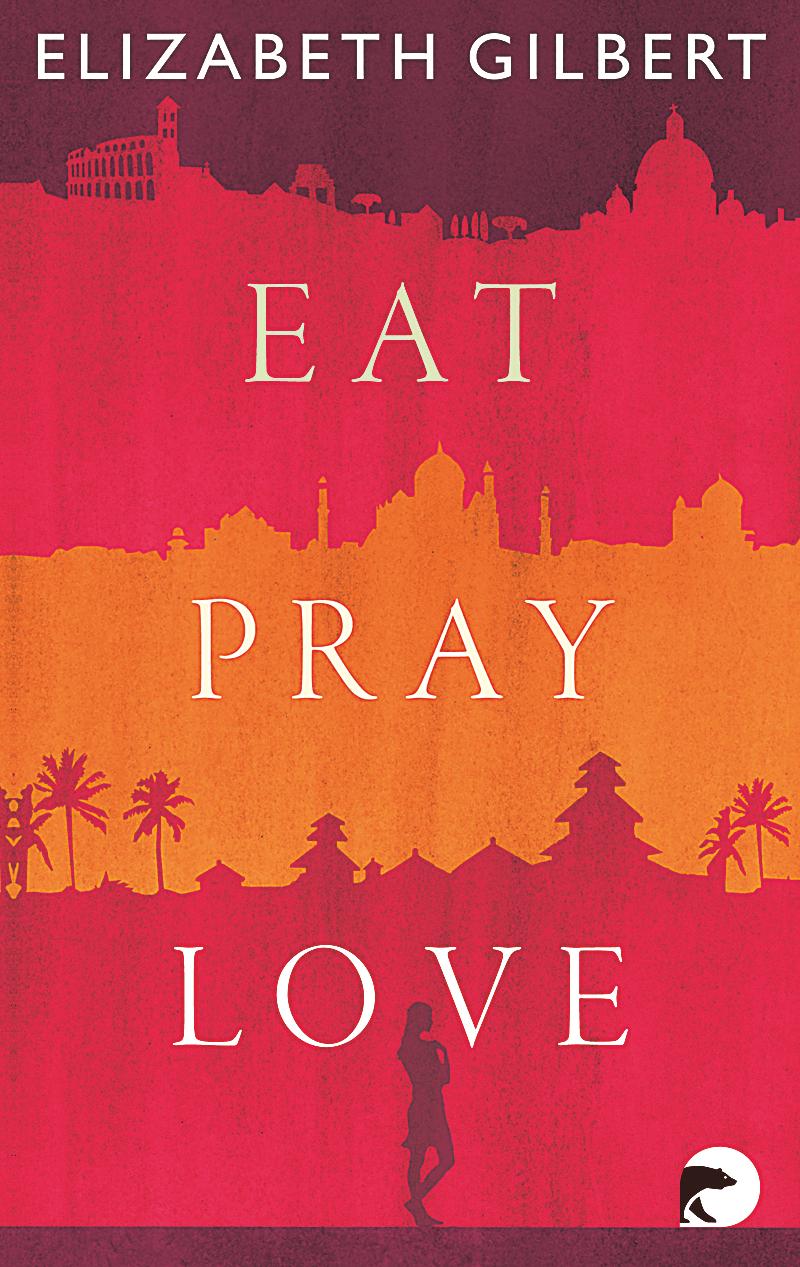

Like Elizabeth Gilbert, Wollstonecraft embarked on her physical and spiritual journey in the aftermath of a major relationship breakdown.īut Wollstonecraft wasn’t an aristocrat with a high social status to uphold. Turkish Embassy Letters by Lady Mary Wortley Montagu was such a book: informative yet guarded, with the author always conscious of the threat to her reputation if she included content better left secret. Missing was the objective of producing a bestseller. Women’s travel writing in the eighteenth century was sparse, its authorship typically restricted to wealthy aristocratic ladies writing as a pastime during or after being abroad with their families. More than two centuries earlier, in 1796, Enlightenment philosopher Mary Wollstonecraft published her Letters Written During a Short Residence in Sweden, Norway, and Denmark to widespread acclaim. What many may not know is that, despite the critical and commercial success of Eat, Pray, Love, it wasn’t the first narrative of its kind. Here was a female writer who, seemingly for the first time, blended an engaging travelogue with an honest and intimate account of personal trauma. When Elizabeth Gilbert’s sensationally popular memoir Eat, Pray, Love was published in 2006, readers felt like they were being treated to something new.


 0 kommentar(er)
0 kommentar(er)
